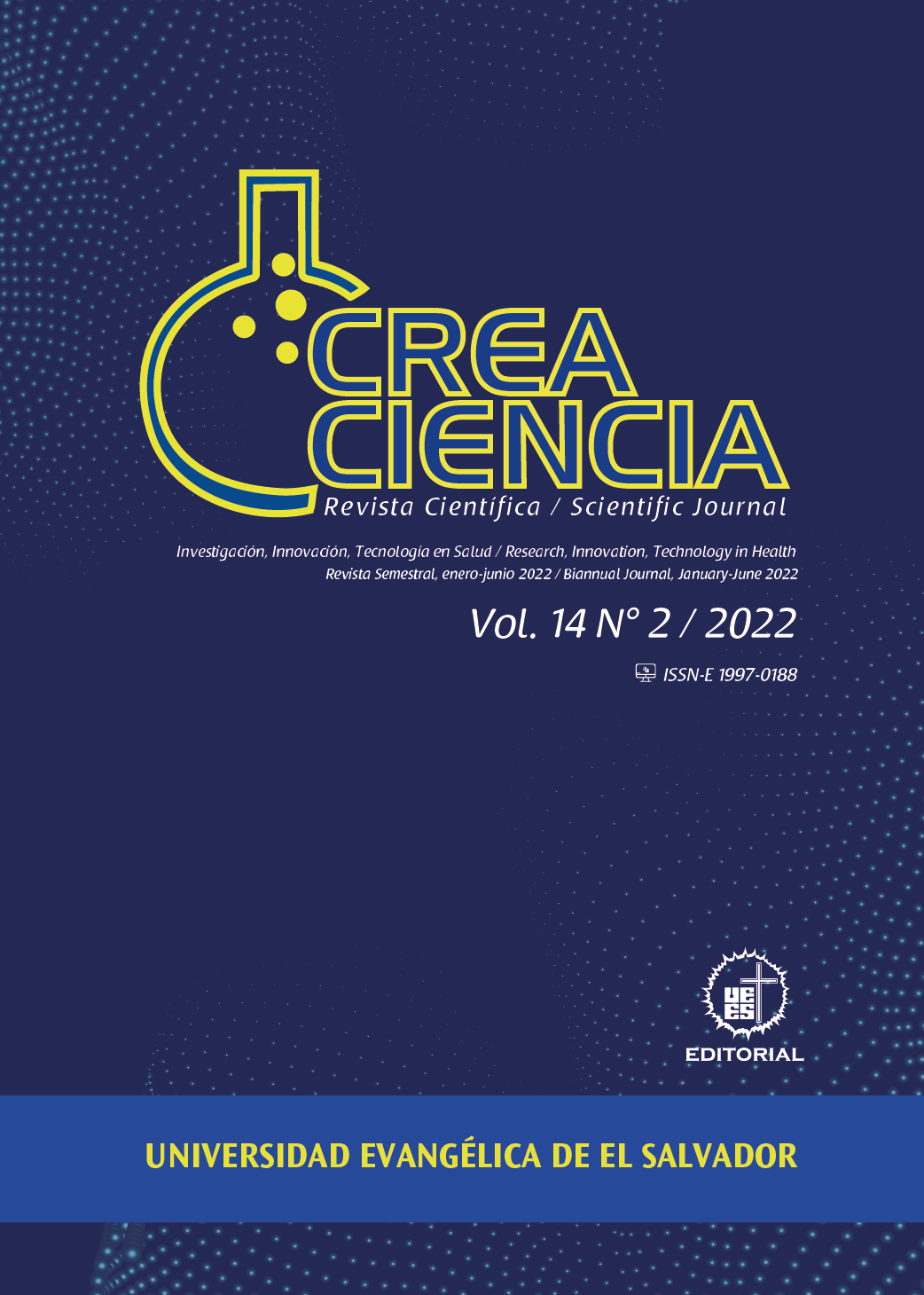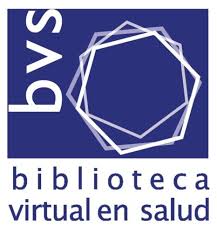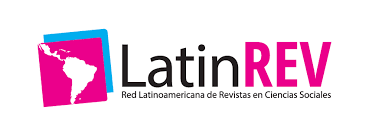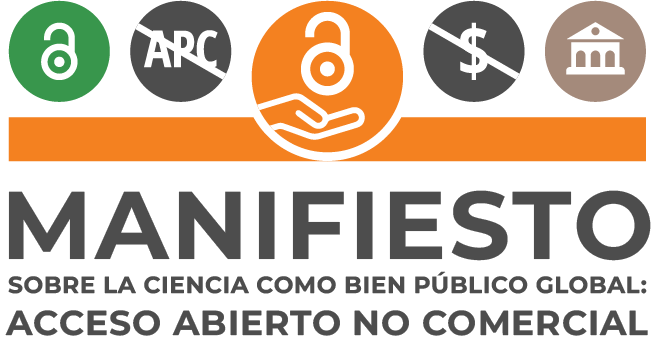Prehispanic dental pieces with inlays evaluated by computed tomography
DOI:
https://doi.org/10.5377/creaciencia.v14i2.14360Keywords:
Cavity preparation, dental decoration, dental inlay, tomography computerized, El SalvadorAbstract
Dental decorations were an ornamental practice of the American aborigines, being a manifestation of greater anthropological and ethnic importance, not only because they constitute the oldest example known to date, but also because of the quality of the work achieved in operative dentistry. For this reason, the following study evaluated through computed tomography four pre-Hispanic teeth with iron pyrite and jade inlays from the Mayan culture, from the late preclassic period to the end of the classic period (400 BC - 900 AD). ), belonging to the private archaeological collection of José Panadés. The research methodology of the study was descriptive and interpretive. The results revealed that the parallelism of the walls of the cavity preparation is a determining factor for the inlay to have a better adaptation to the walls as in piece 1-3. It was evidenced that there are two retention mechanisms: a mechanical one given by the walls of the preparation and a chemical mechanism described in the investigation. The findings found by computed tomography and digital microscopy reflect the presence of carious lesions, leaks and fissures around the inlay. On the other hand, when determining up to which tooth structure the preparations were made, it was found that tooth 1-1 presents a preparation so close to the pulp that it caused root resorption of the tooth. Finally, through the anthropological study, the findings found show that the pieces do not belong to the same individual.
Downloads
Published
Issue
Section
License
Copyright (c) 2022 Journal Creates Specialized Science in Health Areas

This work is licensed under a Creative Commons Attribution-NonCommercial-ShareAlike 4.0 International License.
Los artículos de Crea Ciencia están publicados en acceso abierto bajo una licencia CC BY-NC-SA 4.0 de la Universidad Evangélica de El Salvador.





















